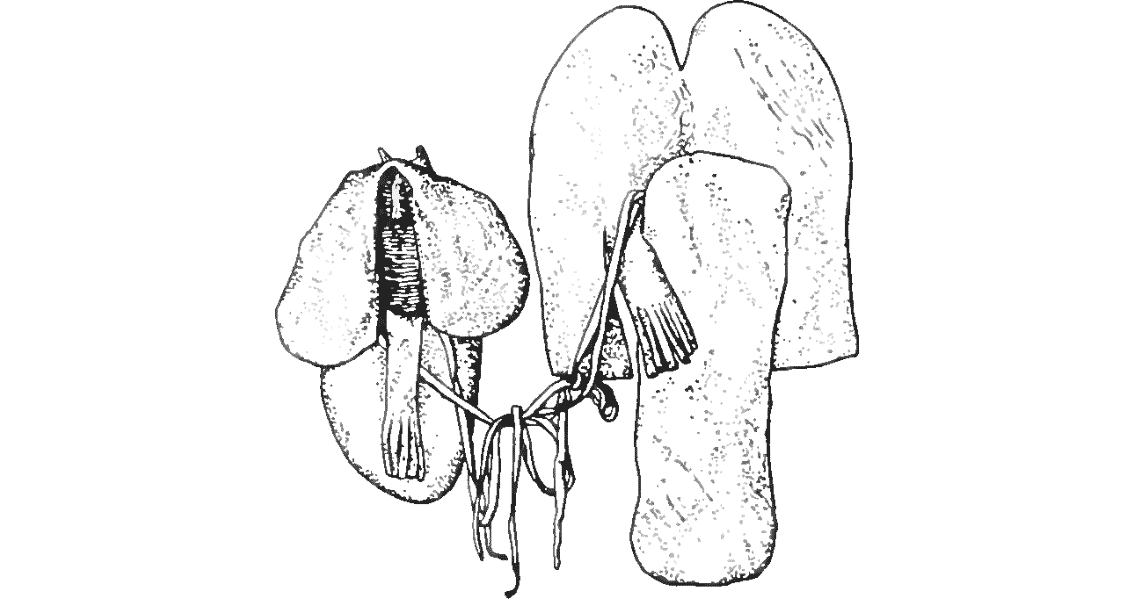<![CDATA[Archaeologists have found hundreds of children's animal-skin shoes in a cave near the Great Salt Lake in Utah. Their research was recently published in the American Journal of Physical Anthropology, and led by University of Alberta professor Dr. Jack Ives. The cave where Ives and his colleagues found the artefacts was first excavated around 80 years ago, but the items found then were not deemed significant, and the cave was soon forgotten. Ive began his excavations at the cave in 2010, and has found some fascinating items since. The latest discoveries will shed more light on the little-known cultures that lived in this region. The excavations happened in the Promontory Caves, which are located on Promontory Point. Sites at Promontory Point are renowned for the types of artefacts that are often found there, which are mostly ceramic in nature. Since Julian Stewards first excavation of the caves in 1931, thousands of artefacts have been found dating back to the late thirteenth century. Some of these artifacts include bags, baskets, ceramics, drum tops, mittens, and stone tools. One of the most interesting finds was that of a twined mat in Promontory Cave I. The most interesting discoveries by far however, are the children's animal skin shoes. Although some were found in Stewards excavation in the 1930s, the new hoard has raised even more questions about why there are so many shoes, and why they were left in a cave. These shoes are unique in that more than half of them have repair patches on the soles. For Ives study, 207 of these shoes were analysed, from both the 1930s and the most recent discovery. It was found that 82% of these shoes must have belonged to children 12 years old or younger. Because of this, the researchers believe that the population was mostly made up of children and adolescents. Usually, a population with a youthful majority is one that is growing and striving. This contradicts what historians know so far about cultures in that period and region. Past research has shown that cultures such as the Pueblo people, (who inhabited this area in the thirteenth century) frequently relocated and moved about the American continent, due to climate changes and an ever-evolving social landscape. Ive suggests that the people who lived in the Promontory area were able to thrive so well because they were new arrivals to the region, migrating from the far north. As they migrated south, they mixed with Native American groups from the southwest. The researchers suggest that the moccasins found support this hypothesis, as the shoes are similar in build to those from the Canadian Subarctic. The soles of both types of shoe were made from a single piece of bison and sewn together at the heel. Ives calls the survival of this culture during a time of drastic transition an immense human story. Their survival helped give rise to Southwestern cultures such as the Apache and the Navajo. ]]>
Hundreds of Ancient Moccasins Found in Utah Cave
